Describe How Recombinant Dna Technology Could Be Used
The three important applications are. Unlike chemically synthesized drugs these are biomacromoleculesprimarily.

A Graphic Representation Of The Recombinant Dna Processes Of Jackson Et Download Scientific Diagram
Recombinant DNA technology could be used to insert a gene of interest into a bacterium Recombinant bacteria could be identified Expression of the gene of interest could be ensured.
. Recombinant DNA requires 3 key molecular tools. Probe is used to isolate the gene of interest 2 Enzymatically cleave DNA into fragments. Recombinant DNA is used to identify map and sequence genes and to determine their function.
Recombinant DNA technology leads to genetically modified organisms GMOs. As recombinant DNA technology advances technique precision must be balanced by ethical concerns. Recombinant DNA and biotechnology can be used to form proteins not normally produced in a cell.
Recombinant DNA Technology and Genetically Modified Organisms. In addition bacteria that carry recombinant DNA can be released into the environment to increase the fertility of the soil serve as an insecticide or relieve. 1 Diagnosis of Genetic Diseases 2 DNA Typing DNA Fingerprinting 3 Gene Therapy 4 Recombinant DNA Technology in the Synthesis of Human Insulin and 5 Hepatitis B Vaccine.
1 Applications in Crop Improvement 2 Applications in Medicines and 3 Industrial Applications. The isolated and purified DNA is treated with restriction endonucleases which cut the DNA into. Explain how recombinant DNA technology can help produce selected proteins screen for genetic diseases be used in DNA fingerprinting be used in gene therapy and be used in xenotransplantation.
Scientists build the human insulin gene in. The top five applications are. Recombinant DNA rDNA is a technology that uses enzymes to cut and paste together DNA sequences of interest.
Recombinant DNA technology also can be used for gene therapy in which a normal gene is introduced into an individuals genome in order to repair a mutation that causes a genetic disease. Recombinant DNA technology comprises altering genetic material outside an organism to obtain enhanced and desired characteristics in living organisms or as their products. Recombinant DNA is a technology scientists developed that made it possible to insert a human gene into the genetic material of a common bacterium.
RDNA technology uses in animal husbandry and sericulture. This involves the construction of probes short single strands of radioactive or fluorescent DNA used to identify the complementary DNA. Recombinant DNA technology has been effectively used to produce various human proteins in microorganisms such as insulin and growth hormone used in the treatment of diseases see Chapter 4.
These probes are used to identify the infectious agents such as Salmonella food poisoning Staphylococcus pus HIV hepatitis virus etc. The vector is then used to carry this foreign genetic information into another cell. Recombinant DNA technology could be used to insert a gene of interest into a bacterium Recombinant bacteria could be identified Expression of the gene of interest could be ensured.
This recombinant micro-organism could now produce the protein encoded by the human gene. The ability to obtain specific DNA clones using recombinant DNA technology has also made it possible to add the DNA of one organism to the genome of another. Recombinant DNA is made from combining DNA from different sources.
Recombinant DNA technology is used in a wide range of applications from vaccine production to the production of genetically engineered crops. Clinical diagnosis ELISA is an example where the application of recombinant. The detection of carriers of genetic diseases.
Recombinant DNA is an important technique for many gene-cloning applications. The below mentioned article will highlight the three important applications of recombinant DNA technology. The most common application of recombinant DNA is in basic research in which the technology is important to most current work in the biological and biomedical sciences.
Recombinant DNA technology combines DNA from different sources to create a different sequence of DNA. Application of Recombinant DNA Technology DNA technology is also used to detect the presence of HIV in a person. For enhancement of milk production in cattle cheese ripening and reduction of lactose levels.
Cutting DNA at specific sites most often performed by enzymes called restriction endonucleases restriction enzymes. This technology involves the insertion of DNA fragments from a variety of sources having a desirable gene sequence via appropriate vector. Being a nucleic acid enclosed within the nucleus isolation of DNA is not an easy task.
Gene Therapy It is used as an attempt to correct the gene defects which give rise to heredity diseases. The ability to make recombinant DNA is such a seminal technology that just realizing it could be done and then doing it in a test tube for the first time earned Paul berg a half-share in the 1980 Nobel Prize in Chemistry the other half was shared by Walter Gilbert and Frederick Sanger for studies that enabled efficient DNA sequencing. Process of Recombinant DNA Technology Isolation of DNA.
The diagnosis of diseases and investigation of their pathogenesis. This article throws light upon the top five applications of recombinant DNA technology in medicine. For better meat yield in animals like pigs cattle birds.
In medicine recombinant DNA techniques can be used for. Recombinant enzymes like Fungal α-amylase are used to improve bread texture in the baking industry. The large-scale synthesis of medically important peptides which would otherwise be in short supply such as human insulin growth hormone and interferon.
RDNA technology acts as a tool to diagnose the diseases. During recombinant DNA technology a fragment of DNA can be cut out and inserted into a vector. Restriction enzyme that can locate and cut the gene from the DNA segment cuts an opening in the recipient DNA usually a plasmid where the donor DNA can be attached.
Know the vocabulary required to answer this question. The recombined DNA sequences can be placed into vehicles called vectors that ferry the DNA into a suitable host cell where it can be copied or expressed. Recombinant rDNA technology involves procedures for analyzing or combining DNA fragments from one or several organisms Figure 1 including the introduction of the rDNA molecule into a cell for its replication or integration into the genome of the target cell.
Restriction enzymes often make staggered cuts at specific 4 6 or 8-bp palindromic sequences in duplex DNA leaving.

Recombinant Dna Biological Principles

Recombinant Protein Production Using Recombinant Dna Techniques The Download Scientific Diagram

Biotechnology Recombinant Dna And Gene Amplification
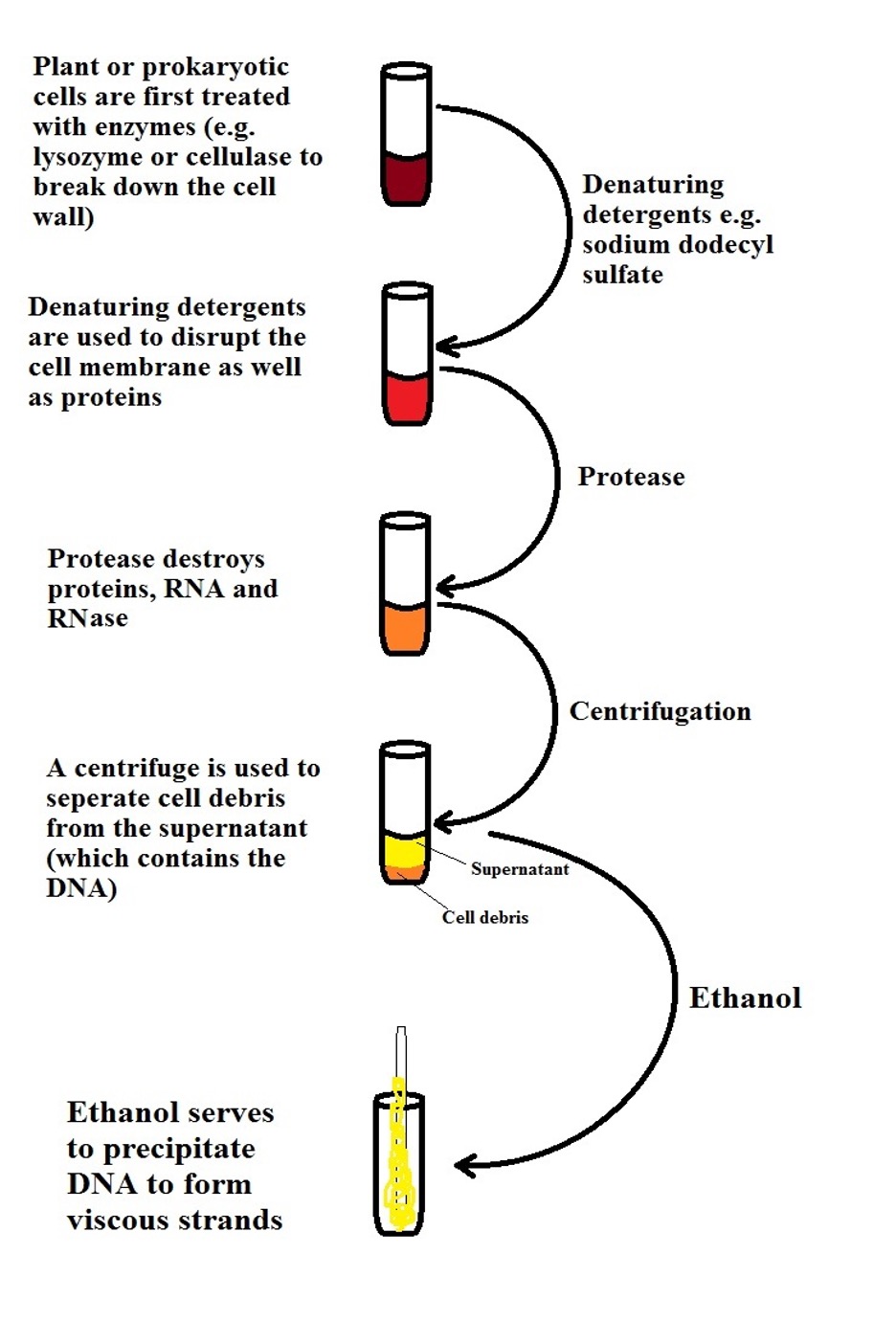
Recombinant Dna Technology Steps Applications And Gene Therapy

6 Questions About Dna Answered Britannica
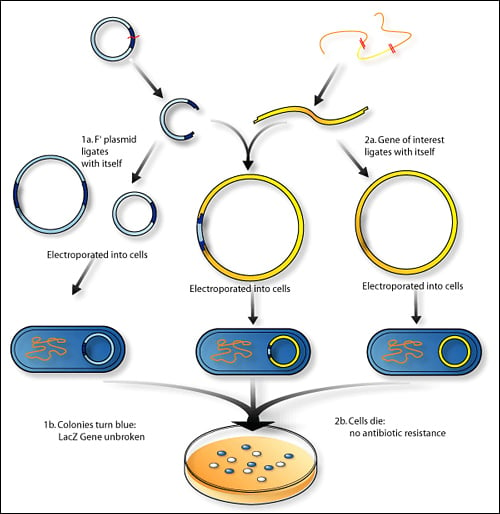
Recombinant Dna Technology Definition Steps Applications
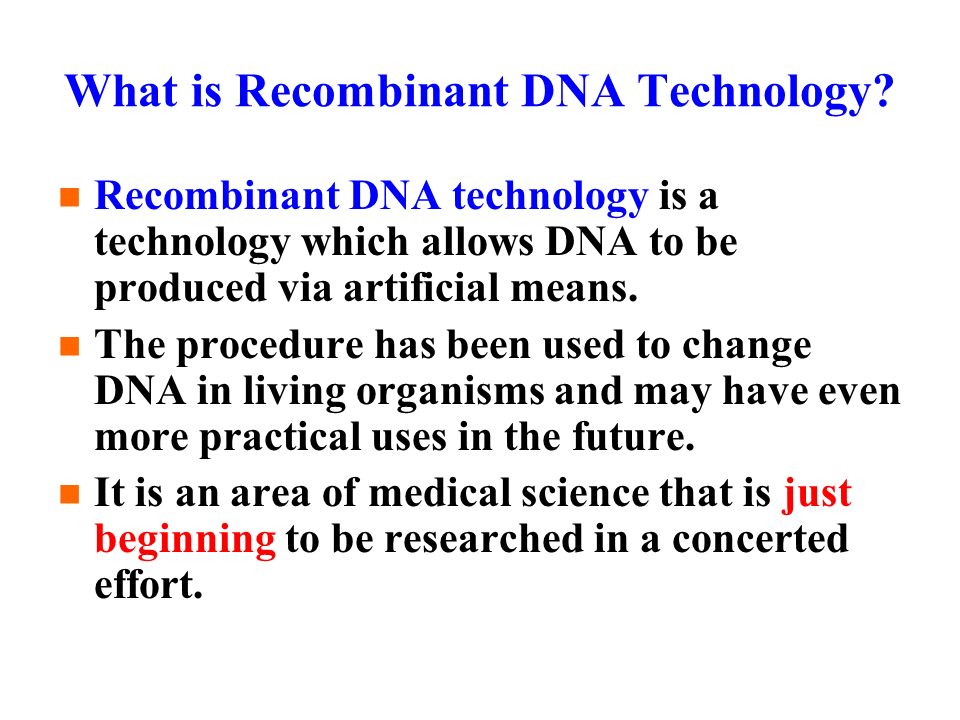
Recombinant Dna Technology Ppt Download

Recombinant Dna Technology An Overview Sciencedirect Topics
10 1 Cloning And Genetic Engineering Concepts Of Biology 1st Canadian Edition

A Mention The Role Of Vectors In Recombinant Dna Technology Class 12 Biology Cbse
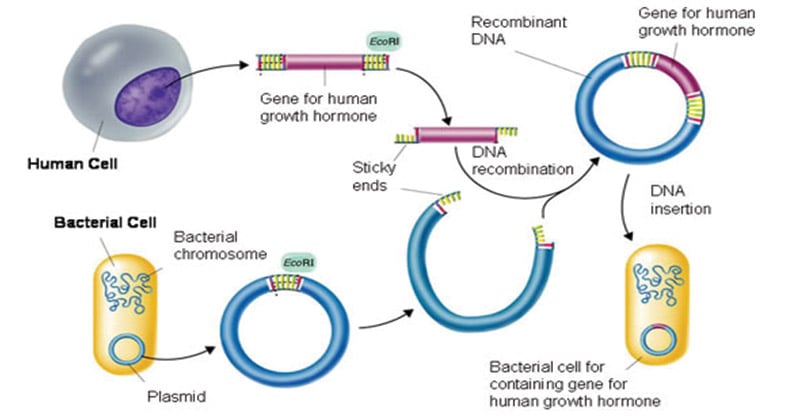
Recombinant Dna Technology Definition Steps Applications

Steps Of Recombinant Dna Technology Genetic Engineering Youtube
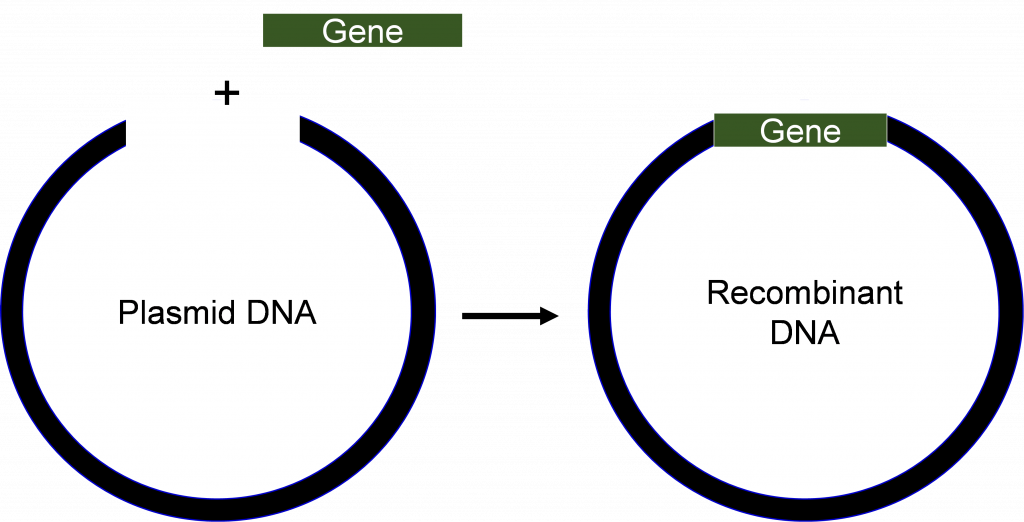
Recombinant Dna Technology Genetics Agriculture And Biotechnology

Recombinant Dna Shmoop Biology Recombinant Dna Dna Technology Biology Worksheet

Steps For Recombinant Dna Technology Bacterial Plasmids With A Download Scientific Diagram

Recombinant Dna Technology With The Action Of Restriction Enzymes A Download Scientific Diagram

Recombinant Dna Technology Tools Process And Applications


Comments
Post a Comment